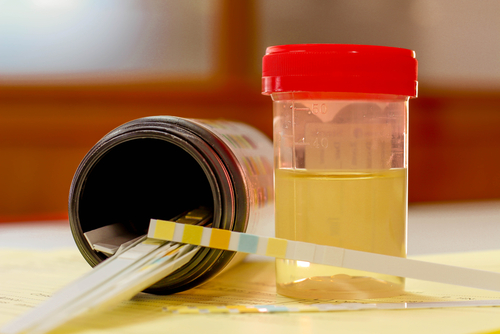LSD pharmacology
LSD affects a large number of postsynaptic neurotransmitter receptors including those of many dopamine, serotonin and adrenoreceptor subtypes as indicated in Figure 10.4.
With reference to the hallucinogenic effects of LSD it appears that its binding affinity for the 5-HT2A receptor is responsible. 5-HT2A antagonists effectively block any hallucinogenic action. So what LSD seems to do is artificially activate serotonin receptors when there is actually no serotonin being released. Typically the neuromodulatory effects of the serotoninergic system moderates awareness of one’s environmental surroundings and filters the information prior to processing. In this way only enough information is processed as deemed necessary for survival. The result of this is that the filter is opened by LSD so that neural pathways get stimulated, even though the brain had no intention of it happening as there was no causal stimulus. For example, LSD might fool the visual cortex into thinking that it is receiving input from light falling on the retina when this actually is not the case. It has been suggested that LSD shifts action potentials toward the right hemisphere, the side of the brain predisposed to creativity.24
Although most research into LSD focuses on serotonin transmission, it is becoming clear that dopamine is also profoundly affected and so influences the addictive potential of LSD. It is generally accepted that LSD itself is not addictive because it does not produce compulsive drug-seeking behaviour. Its dopamine agonist actions can, however, stimulate reward pathways which leads users to try other rewarding drugs with greater addictive potential. Research conducted on pig brains using PET scans indicates that LSD has a similar magnitude of effects on dopamine receptors as amphetamine, but of longer duration.25 LSD trips occur in two temporal phases, the first phase mediated by serotonin and the second by dopamine.

